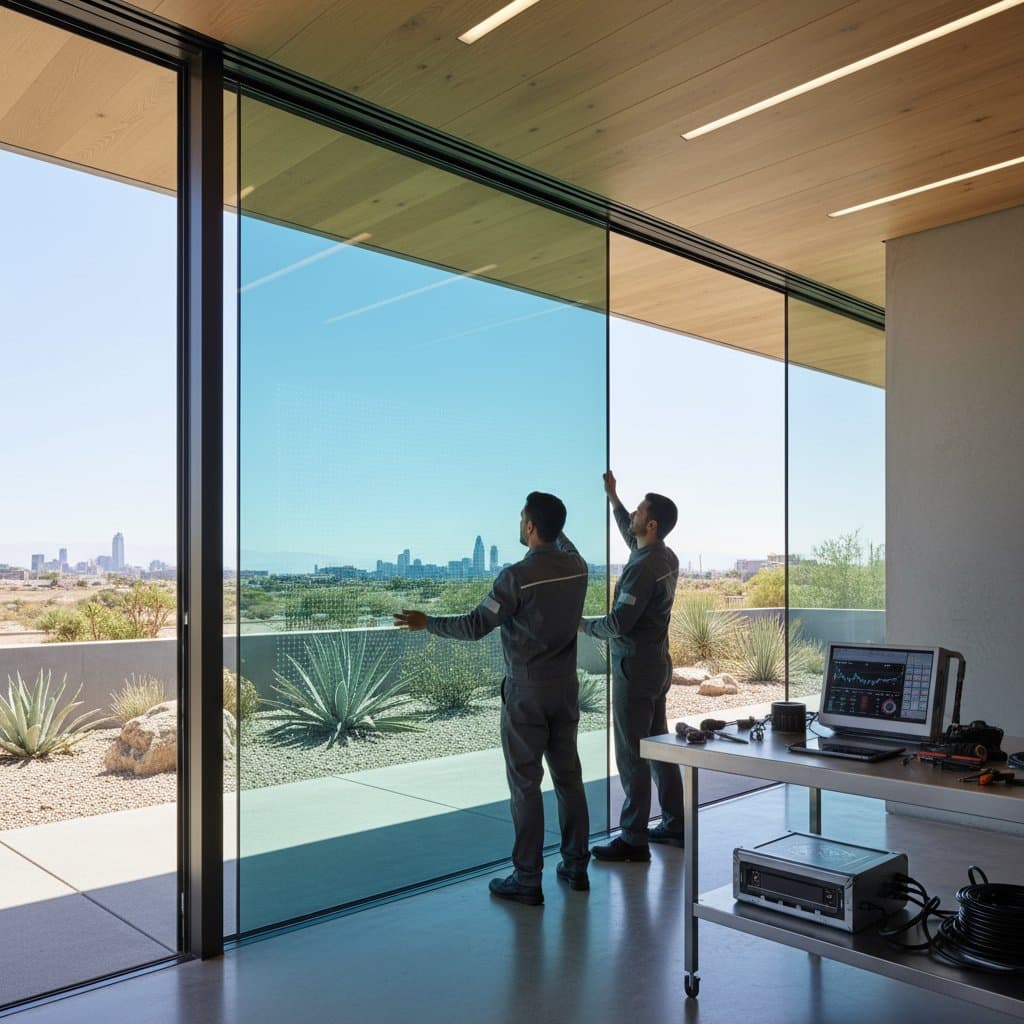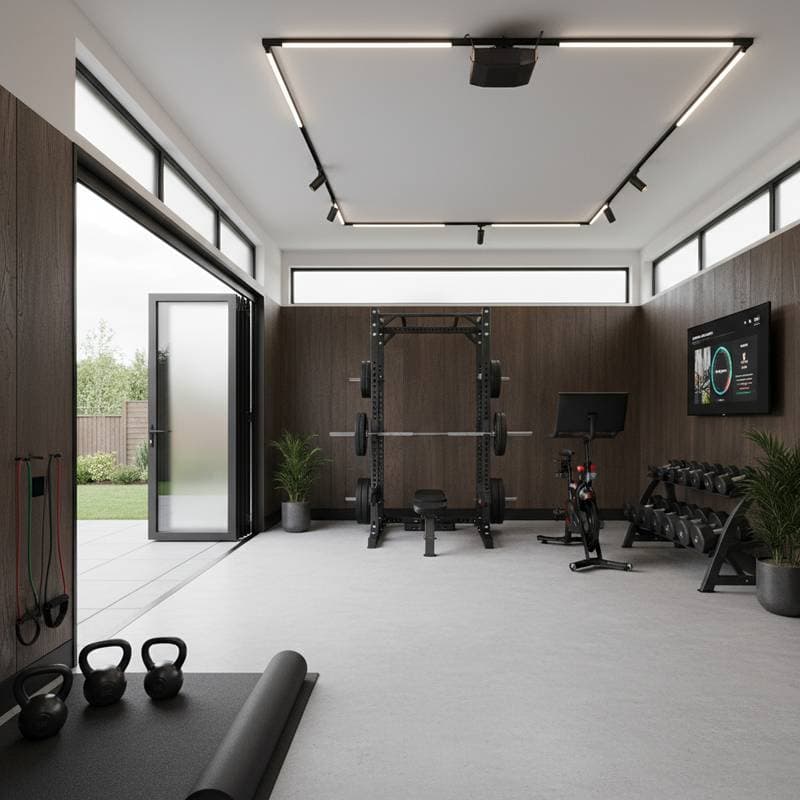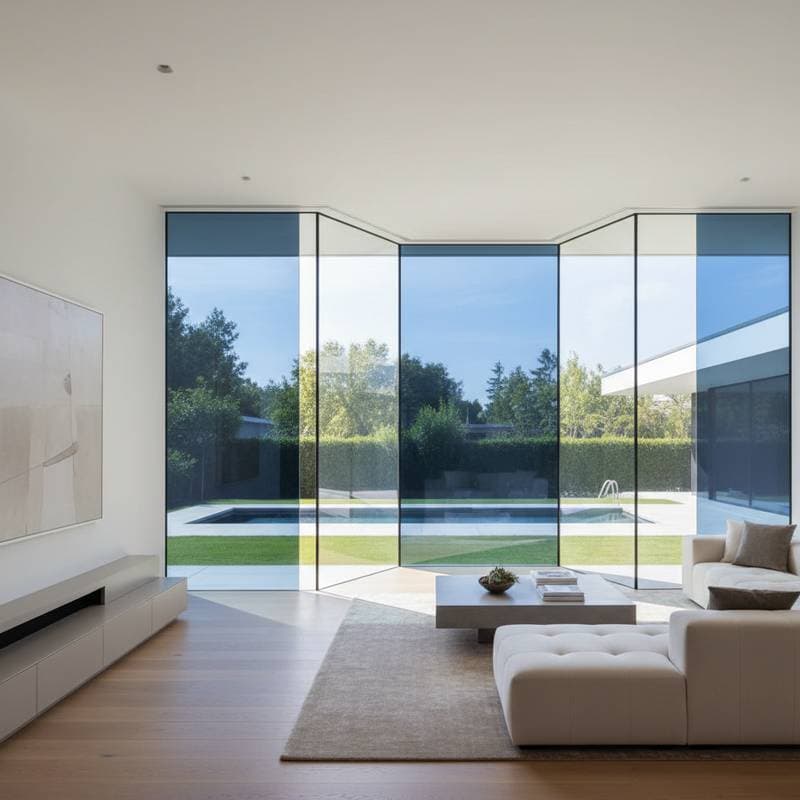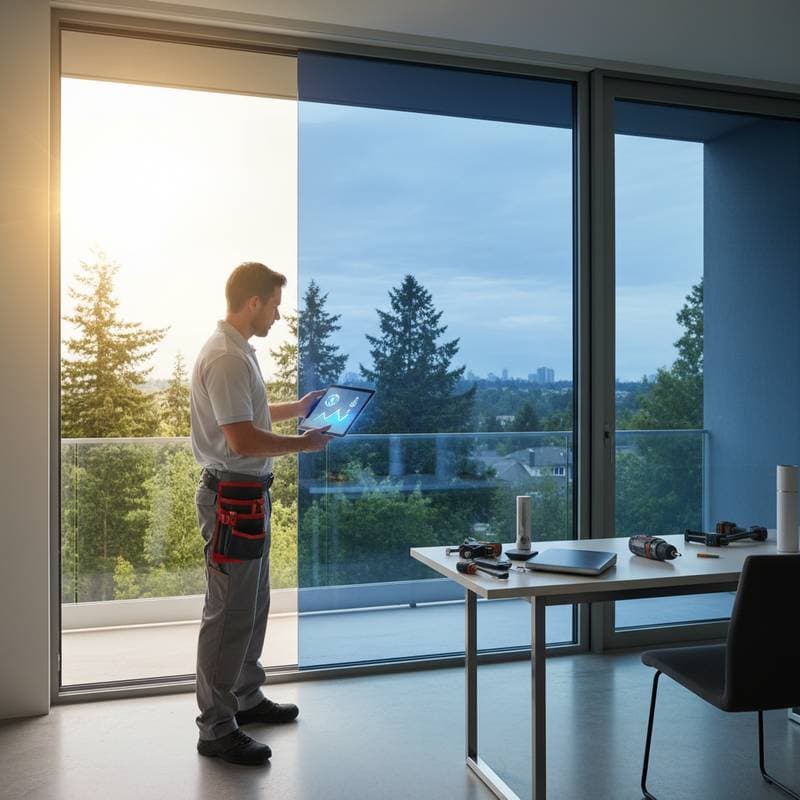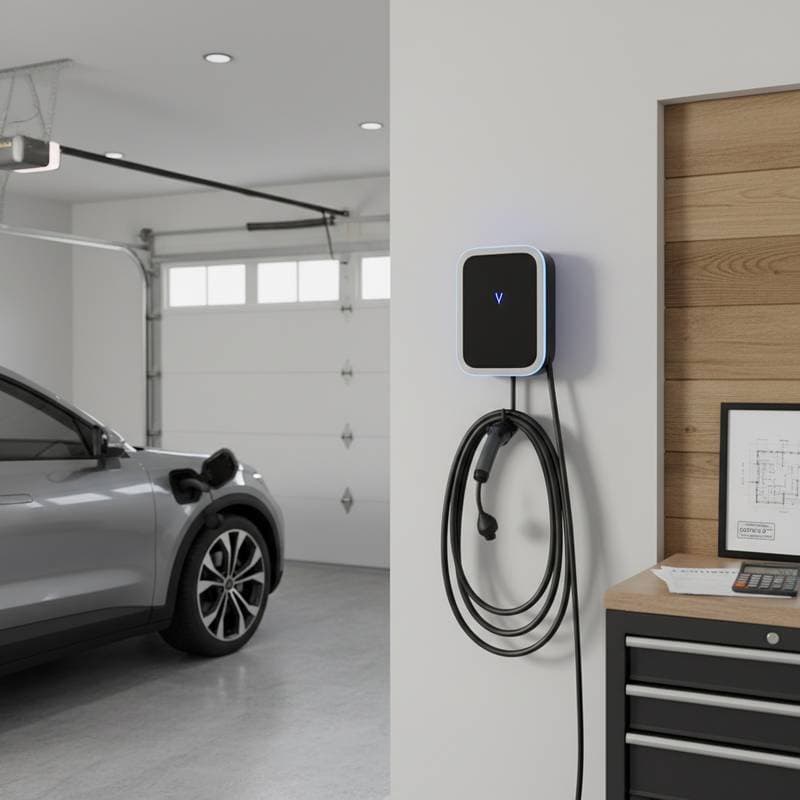Understanding Smart Glass and Its Importance
Smart glass, known also as switchable or dynamic glass, alters the transmission of light and heat through windows via specialized layers. These layers, which can be electrochromic, thermochromic, or photochromic, respond to electrical currents, temperature changes, or light exposure. Homeowners control the tinting or clearing process in mere seconds using a wall switch, remote control, or mobile application.
This technology proves particularly valuable in regions with rising energy expenses, where managing sunlight and ensuring privacy without traditional coverings become priorities. It integrates seamlessly into contemporary energy-efficient residences and renovation projects that emphasize sustained comfort and financial benefits over time.
Advantages and Drawbacks
Advantages
- Lowers heating, ventilation, and air conditioning energy consumption by 10 to 20 percent through precise solar control.
- Enhances indoor comfort by minimizing glare, excessive heat buildup, and unwanted visibility from outside.
- Boosts property resale value with its innovative, modern aesthetic that appeals to tech-savvy buyers.
- Provides on-demand privacy solutions, eliminating the clutter and maintenance of blinds, shades, or curtains.
- Protects interior furnishings, artwork, and flooring from ultraviolet-induced fading and discoloration.
Drawbacks
- Involves significantly higher initial expenses than conventional double- or triple-pane windows.
- Necessitates professional electrical wiring and integration with home control systems.
- Offers a narrower range of tint levels and color variations compared to customizable traditional options.
- Demands costly repairs or replacements if individual panels malfunction due to electronic failures.
- May require periodic software updates to maintain compatibility with evolving smart home ecosystems.
Installation: DIY or Professional Approach
Smart glass installation demands specialized skills and equipment, rendering it unsuitable for most do-it-yourself efforts. Each panel requires secure wiring to a power source, precise alignment, and often connection to a centralized control module.
Project Difficulty: Advanced, suitable only for experienced individuals with electrical knowledge.
Estimated Time: Two to six hours per window, depending on access and complexity.
Required Tools: Digital multimeter for voltage testing, power drill with appropriate bits, insulated wiring connectors, high-quality silicone sealant, and full personal protective equipment including gloves and eye protection.
Potential Risks: Risk of electrical shock from improper handling, structural damage to glass during fitting, and invalidation of manufacturer warranties through non-compliant work.
Professionals, such as certified electricians and glaziers, handle the intricacies to guarantee airtight seals, safe electrical connections, and flawless system synchronization. For simpler applications, consider plug-and-play polymer-dispersed liquid crystal panels that avoid extensive hardwiring, though these suit smaller-scale projects like partitions rather than full windows.
To proceed, evaluate your home's electrical capacity and consult local regulations early. Professional installation typically costs 20 to 30 percent more than standard windows but prevents common pitfalls like moisture ingress or operational glitches.
Maintenance Requirements and Expected Durability
When installed by qualified experts, smart glass panels endure 20 to 25 years of reliable service, influenced by the specific technology and daily usage patterns.
Recommended Maintenance Routine:
- Quarterly Cleaning: Wipe surfaces gently with a solution of mild soap and lukewarm water; steer clear of harsh chemicals like ammonia that could degrade coatings.
- Biannual Inspections: Examine electrical wiring, frame seals, and connections for signs of moisture accumulation, corrosion, or wear.
- Yearly Functional Checks: Operate all tinting modes, verify sensor accuracy, and recalibrate automated features such as scheduled darkening.
Electrochromic systems and suspended particle devices frequently include five- to ten-year warranties on electronic components, paired with 15- to 20-year coverage for the glass structure itself. Review warranty details for transferability to new owners, as this can influence home sale negotiations.
Regular upkeep not only extends lifespan but also preserves energy efficiency. Address any irregularities promptly to avoid cascading issues, such as uneven tinting from faulty power supplies.
Considering Local Influences on Performance and Cost
Regional climate, building codes, and prevailing labor costs play pivotal roles in determining both the effectiveness and expense of smart glass implementations.
In Colder Regions: Opt for electrochromic variants that trap interior warmth during winter months while permitting natural daylight to penetrate, thus balancing insulation with illumination.
In Warmer Areas: Select thermochromic or suspended particle device glass to block intense solar radiation, thereby easing the burden on air conditioning systems and stabilizing indoor temperatures.
Along Coastal Zones: Prioritize installations with corrosion-resistant frames and fully sealed electrical components to withstand salt air and humidity. Confirm adherence to local standards for wind resistance and environmental exposure.
At Higher Elevations: Account for atmospheric pressure variations that may compromise seals; specify panels engineered for altitude to prevent delamination or fogging over time.
In Dense Urban Settings: Integrate acoustic-laminated smart glass layers to dampen external noise, creating serene interiors amid city bustle; this upgrade justifies the modest additional investment for enhanced livability.
Labor expenses fluctuate by location, with metropolitan areas commanding premiums of 15 to 25 percent above national averages. Verify whether your jurisdiction mandates permits for low-voltage installations, as non-compliance can lead to fines or rework.
Essential Safety Protocols
Safety remains paramount throughout the smart glass lifecycle, from installation to ongoing use.
-
Electrical Precautions: Shut off power at the breaker before any wiring modifications or component swaps; engage only licensed electricians familiar with low-voltage systems.
-
Handling Procedures: Don protective gloves and eyewear; utilize suction lifters and padded supports to maneuver heavy panels without slippage or cracks.
-
Structural Assessments: Confirm window frames and sills support added weight and stress; reinforce if necessary to avert water infiltration or shattering risks.
-
Regulatory Compliance: Obtain required permits for electrical alterations or energy upgrades; consult municipal offices to align with zoning and efficiency mandates.
-
Environmental Hazards: Avoid placing smart glass in high-moisture environments like bathrooms unless using IP-rated waterproof models; this prevents short circuits or electrolysis.
Adhering to these measures minimizes accidents and ensures the system's longevity. In multi-story homes, additional scaffolding or fall protection may apply during exterior work.
Steps to Implement Smart Glass Effectively
Smart glass represents a worthwhile investment for those seeking reduced utility expenses and a contemporary aesthetic. Begin by clarifying your objectives to guide decisions.
-
Define Priorities: Determine if the focus lies on energy conservation, enhanced privacy, aesthetic enhancement, or a combination thereof.
-
Assess Budget Constraints: Calculate the scope, such as targeting high-exposure windows first to maximize impact without overextending finances.
-
Evaluate Climate Suitability: Choose technologies that align with local weather patterns, such as heat-rejecting options for sunny locales or insulating types for chilly ones.
Solicit detailed proposals from a minimum of three certified contractors, inquiring specifically about product specifications, extended warranties, user-friendly controls, and comprehensive maintenance support packages.
For optimal results, verify compatibility with existing home automation platforms like voice assistants or centralized hubs. Early discussions on integration can circumvent expensive retrofits, such as panel upgrades for protocol mismatches.
Although not the most budget-friendly home improvement, smart glass recoups costs through tangible benefits in daily comfort, precise environmental control, and elevated market appeal. Pairing it with complementary measures, including attic insulation enhancements or programmable thermostat installations, amplifies overall energy reductions to 15 percent or more.
If preparing for a property sale, emphasize the feature in marketing materials; discerning buyers value innovations that promise lower operating costs and effortless luxury.
Prior to finalizing agreements, cross-reference local ordinances on electrical and sustainability requirements. Certain areas provide incentives, such as rebates or tax deductions, for installations certified under green building programs.
Realizing Long-Term Benefits
Through meticulous planning, expert execution, and consistent care, smart glass equips your residence for enduring efficiency. It delivers measurable savings on energy, superior command over natural light, and an uncluttered, sophisticated interior design.
Secure competitive bids, scrutinize warranty provisions, and select solutions calibrated to your environmental conditions. This strategic upgrade propels your home toward greater sustainability and modern functionality.

